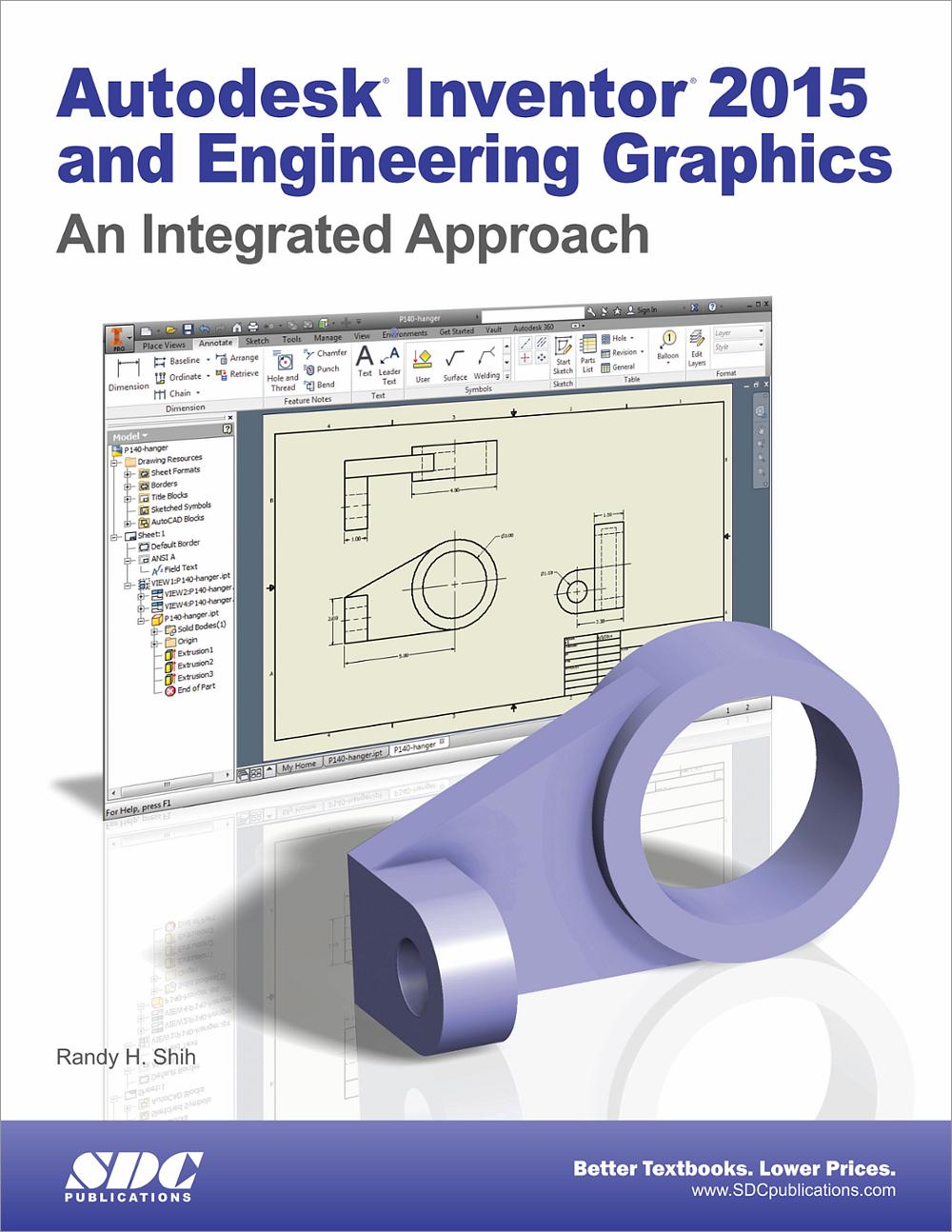

In simple terms, PLM is a strategic business approach that aims to maximize product profitability at every stage by providing a structured framework for innovation, product introduction and product end-of-life planning. PLM touches on each of these enterprise solutions and works best when integrated and acting as the master for shared data. PDM is an engineering tool, while PLM is an enterprise system, equivalent in value to the company’s ERP, CRM or MES. PDM manages all of the data associated with a product.Īlmost every accepted definition of the two solutions defines PDM as a subset of PLM, so if you buy a standalone PDM system, you may be shortchanging the company on necessary or desirable functionality. It is primarily responsible for version control and technical specifications, ensuring that engineers and other stakeholders are using the right versions and specifications. PDM stands for product data management, and a PDM tool typically does just that: manage data. PLM manages every aspect of the product from inception all the way to disposal. It provides a tool and a common repository to unite business processes and other software systems, people, data and company policies, and is the information backbone for a company and its entire extended supply chain. PLM means “product lifecycle management,” and it manages every aspect of the product from the design phase, through its production and sales arcs, its service requirements and all the way to its ultimate retirement. To help you understand which solution is right for your needs, here’s a look at some of the key differences and why they matter. Also, the users will learn the editing techniques that are essential for making a successful design.Many people think PLM and PDM are the same thing, but that is not at all the case. After reading the textbook, the users will be able to create solid parts, sheet metal parts, assemblies, weldments, drawing views with bill of materials, presentation views to animate the assemblies, and apply direct modeling techniques to facilitate rapid design prototyping.

Additionally, the author emphasizes on the solid modeling techniques that will improve the productivity and efficiency of the users. The mechanical engineering industry examples that are used as tutorials and the related additional exercises at the end of each chapter help the users to understand the design techniques used in the industry to design a product. All environments of this solid modeling software are covered in this textbook with thorough explanation of commands, options, and their applications to create real-world products. Autodesk Inventor 2015 for Designers is a comprehensive textbook that introduces the users to Autodesk Inventor 2015, a feature-based 3D parametric solid modeling software.


 0 kommentar(er)
0 kommentar(er)
